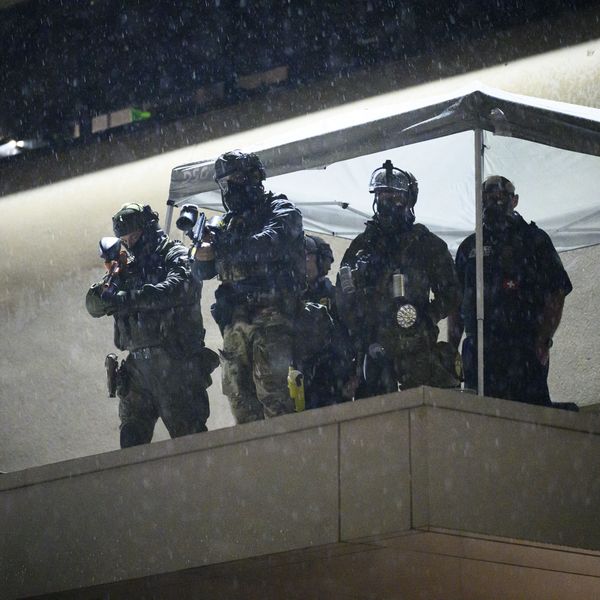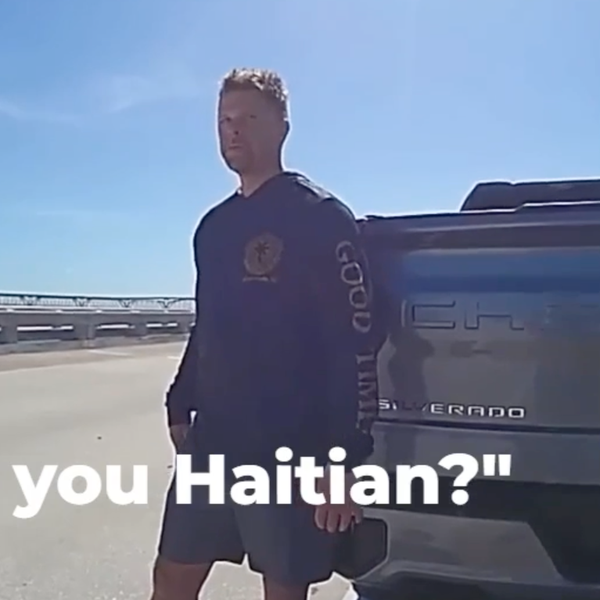Animal welfare groups have accused the Australian government of being "trigger happy" over plans to shoot 6,000 camels that invaded an outback town in search of water.
The animals have caused chaos in the Northern Territory town of Docker River, smashing water tanks, destroying fences and approaching houses. State officials have described the siege as a "critical situation" and warned that the town did not "have the luxury of time", after the camels blocked the town's airstrip - preventing medical evacuations - and began to contaminate the water supply.
People for the Ethical Treatment of Animals (Peta) and Animals Australia said the cull would cause "terrible suffering" to the animals.
The drama began when 30 camels approached the town, known as Kaltukatjara to its mostly indigenous population, more than a month ago. More followed looking for water, and soon thousands of the animals - which can grow up to 2.1 meters (7ft) tall and weigh 900kg (2,000 pounds) - were antagonizing locals.
"The community of Docker River is under siege by 6,000 marauding wild camels," the Northern Territory local government minister, Rob Knight, told Northern Territory News. "The herd is increasing day by day."
Camels were first taken to Australia in 1840 from the Canary Islands to help in exploring the vast outback. The population continued to rise until the early 1920s, when motorized vehicles became more widely available.
As the need for them dwindled, most were turned into the bush, where owners expected they would die in the harsh conditions. But numbers have swollen to the extent that the Northern Territory government now estimates that "in excess of 1 million" feral camels are roaming the country.
As well as wreaking havoc in Docker River, camels have been blamed for defoliating shrubs and grazing on food sources traditionally used by Aboriginal Australians. They create a hazard for motorists traveling in the outback.
Macdonnell Shire council, which oversees Docker River, said many residents were unable to leave their homes. "The social and psychological impacts on some people about being contained in homes and not being able to step out ... there will be some cost factors for the community there," the chief executive, Graham Taylor, told the Sydney Morning Herald.
The camels have butted water tanks, approached houses and knocked down fencing at the local runway. Knight said the carcasses of camels killed in stampedes at water holes were contaminating the town's water supply. "This is a very critical situation out there, it's very unusual and it needs urgent action," he said.
The state government plans to use helicopters to herd the camels nine miles from the town before shooting them, leaving their carcasses to rot in the desert.
A spokeswoman for Peta said the "trigger-happy response from authorities [was] inexcusable", and stressed alternative measures were available. "There are humane solutions to every problem, and authorities just need to be compassionate enough to employ them," she said.
"There's no question that shooting thousands of wild animals is going to lead to terror and massive suffering. It's human action which has led to this problem because people introduced camels to this environment - it's not the camels' fault and they shouldn't pay a fatal price for human failures."
Glenys Oogjes, executive director of the animal welfare group Animals Australia, said the community could organize barriers to keep out the camels. "It's a terrible thing that people react to these events by shooting," she said. "The real concern is the terrible distress and wounding when shot by helicopter ... There will be terrible suffering."
If the cull goes ahead next week, it is unlikely to have much of an impact on the overall camel problem in Australia. The government set aside A$19m (PS10.5m) in July for a program to reduce the camel population, with proposals including shooting the animals en masse and using some of the meat for snacks, such as camel burgers. Animal welfare activists have mooted administering birth control drugs.
While the country makes up its mind about what to do with its camels, it should be mindful that the numbers are unlikely to fall of their own accord. The Northern Territory government has warned that the feral camel population is capable of doubling in size every nine years.

